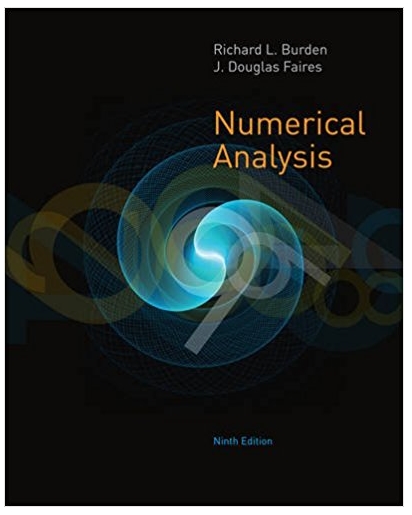Question
Snow avalanches can be a real problem for travelers in the western United States and Canada. A very common type of avalanche is called the
Snow avalanches can be a real problem for travelers in the western United States and Canada. A very common type of avalanche is called the slab avalanche. These have been studied extensively by David McClung, a professor of civil engineering at the University of British Columbia. Suppose slab avalanches studied in a region of Canada had an average thickness of = 66 cm. The ski patrol at Vail, Colorado, is studying slab avalanches in its region. A random sample of avalanches in spring gave the following thicknesses (in cm).
| 59 | 51 | 76 | 38 | 65 | 54 | 49 | 62 |
| 68 | 55 | 64 | 67 | 63 | 74 | 65 | 79 |
(i) Use a calculator with sample mean and standard deviation keys to find x and s. (Round your answers to two decimal places.)
| x | ||
| s |
(ii) Assume the slab thickness has an approximately normal distribution. Use a 10% level of significance to test the claim that the mean slab thickness in the Vail region is different from that in the region of Canada.
(a) What is the level of significance?
(b)State the null and alternate hypotheses. choose one
1. (H0: = 66; H1: 66)2. (H0: = 66; H1: > 66)3. (H0: < 66; H1: = 66)4. (H0: = 66; H1: < 66)(H0: 66; H1: = 66)
(c) What sampling distribution will you use?choose one
1. The Student's t, since we assume that x has a normal distribution and is unknown.2. The standard normal, since we assume that x has a normal distribution and is known.3. The standard normal, since we assume that x has a normal distribution and is unknown.4. The Student's t, since we assume that x has a normal distribution and is known.
(d) What is the value of the sample test statistic? (Round your answer to three decimal places.)
(e) Find the P-value. (Round your answer to four decimal places.)
(f)Based on your answers in parts (a) to (c), will you reject or fail to reject the null hypothesis? Are the data statistically significant at level ? (choose one) 1. At the = 0.10 level, we reject the null hypothesis and conclude the data are statistically significant. 2. At the = 0.10 level, we reject the null hypothesis and conclude the data are not statistically significant. 3 .At the = 0.10 level, we fail to reject the null hypothesis and conclude the data are statistically significant. 4. At the = 0.10 level, we fail to reject the null hypothesis and conclude the data are not statistically significant.
(g) Interpret your conclusion in the context of the application. (choose one) 1 .There is sufficient evidence at the 0.10 level to conclude that the mean slab thickness in the Vail region is different from that in the region of Canada. 2. There is insufficient evidence at the 0.10 level to conlcude that the mean slab thickness in the Vail region is different from that in the region of Canada
Step by Step Solution
There are 3 Steps involved in it
Step: 1

Get Instant Access to Expert-Tailored Solutions
See step-by-step solutions with expert insights and AI powered tools for academic success
Step: 2

Step: 3

Ace Your Homework with AI
Get the answers you need in no time with our AI-driven, step-by-step assistance
Get Started


